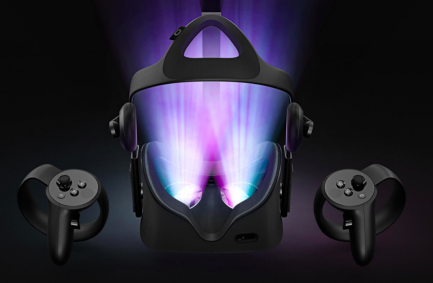Designing With Virtual Reality
As listening and good communication are in the DNA of Whipple Russell Architects, we are always looking for tools that will allow our clients to better understand our vision for their architecture project.
For some time we have used SketchUp’s 3D architectural design software, which you can see on our YouTube channel. This renders a good video view of the exterior and interior of the proposed design from all angles, revealing layers, from garage to roof terrace. But the use of Virtual Reality (VR) with head-mounted displays (HMDs) has taken this experience to a new and exciting level.
We are now using the Oculus Rift hooked up to a powerful desktop computer in our office to load our 3D models into Prospect VR software by Irisvr. Within minutes, Prospect converts our Sketchup model, enabling us to put on VR headsets and walk around in the space with everything to scale. Even in the conceptual phase we can evaluate various design decisions such as ceiling height, width and size of hallways and rooms, and placement and scale of artworks. This is an entirely different experience from viewing a 3D design on a flat display screen.
Marc’s designs feature open volumes, and multiple levels and sightlines within a house, as well as the play of light at different times of the day. As he puts it,” The alignment of the space so that you are looking at a lot all at once is the essence of the iconic modernist open plan.” This concept can be experienced through VR.
When the time comes for the clients’ immersive walk through they are put inside a life-sized version of their house, allowing them to let us know what is, or is not, working for them. This global sensory input gives our clients a better grasp of how the space will feel and work, leading to clearer decision making and effective collaboration.
Prospect can also be used as a teleconferencing tool. Clients who are out of the area can get hooked up to the same hardware, strap on the headset, and dial-in to a VR conference. We then are the hosts on our end, taking them on a virtual tour of the proposed design.
Photo: courtesy Oculus.

